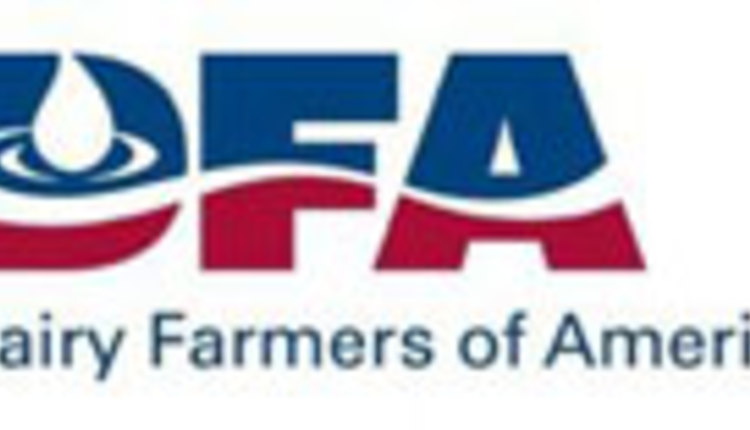
“If schools can start incorporating more recipes that involve yogurt as a substitute, now they’ve done a healthy thing, and they’ve also gotten some of that good dairy back into a recipe,” chef and consultant Jenn Brower said. She has been working with food service staff in elementary, middle, and high schools and to date has trained more than 200 school kitchen workers.
Center Line Public Schools’ food service director Therese Willis has seen tangible results. “Our district was recently recognized by USDA for improving the nutritional quality of school meals through the ‘Innovation in the Preparation of School Meals’ program.” She added that an uptick in Bengali community members has spurred the district to seek out more “culturally diverse meals and plant-based options which include yogurt, milk, and cheese.”
Cultural considerations also include the nutritional needs of students who fast during Ramadan, as well as finding opportunities to incorporate diverse menu items — including some that feature dairy. “For example, serve a tzatziki sauce that goes with falafel on days you’re featuring a culturally diverse menu. You’ve now ramped up your dairy with a very simple recipe,” Brower said.
Dairy utilization in school menus is also inspired by Milk Checkoff, which will roll out new recipes and menus to meet USDA’s changing school meal standards, slated to take effect at the start of the 2027-28 school year. Briana Henton, UDIM health and wellness director, said the organization plans to make the shift simpler for schools by providing sample menus. “Breakfast will be a big area of emphasis, so schools will be able to follow new guidelines and keep flavored milk as a breakfast option,” she said, adding, “We’ll share popular tried-and-true recipes, and Dairy Management Inc. (DMI), the national dairy checkoff, is developing six new recipes we can tap into as well.”
For more information on UDIM and its services, visit milkmeansmore.org.








